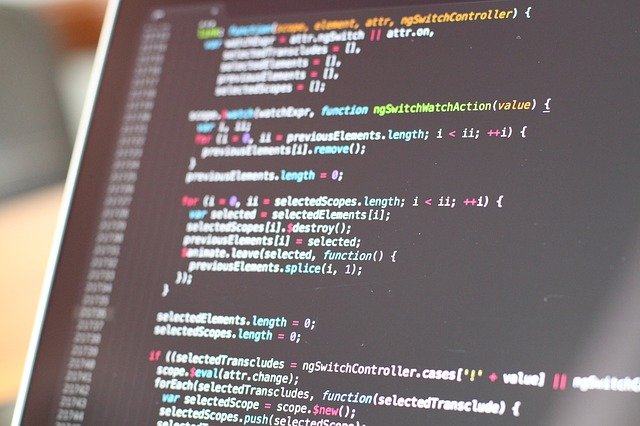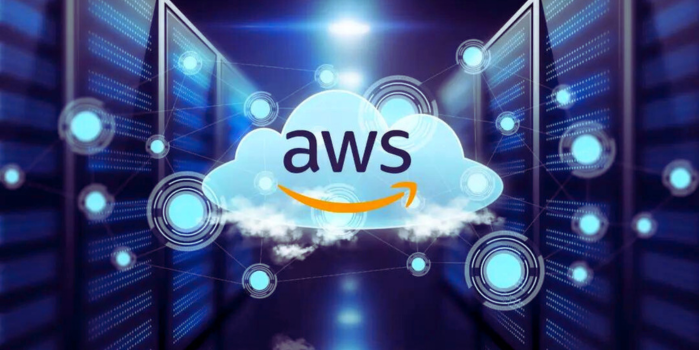Legacy Application Modernization Challenges Faced by Organizations
Legacy Application Modernization has been a regular feature with organisations looking to keep pace with digitization and modernization. Migrating legacy apps to modern-day apps or rebuilding old apps to embed newer features – whatever may be the way, organizations are able to extract the best of value from their modernization strategies and application development.
The very evident advantages of modernizing legacy applications have been reasons enough for all companies using old systems to move onto newer ones. Modern-day apps have been assisting in unlocking the business value and getting a detailed insight into heaps of information, with less costs and more agility.
But, as we know ‘all that glitters is not gold’, it isn’t as easy as it seems. Modernizing legacy systems or migrating them to newer applications has its own share of challenges that must be analysed and attended to. Without which, it is almost impossible to get a successful legacy application modernization.
Through this article, we shall understand the major upheavals that could pose as a roadblock for businesses wanting to modernize themselves.
Major Challenges That Could Hamper Legacy Application Modernization
- Modernization Costs and Timelines
Going in for modernizing legacy apps involves a lot of unseen areas that crop up while the work is on. Hence, it is a difficult task to predict the budget figures right from start and stick to that. While the task is being implemented, there may be budget overruns and time spill overs which are feared by project owners.
Going in for cloud-based architecture, roping in newer tools and technologies, getting skilled resources, testing applications, purchasing licenses etc. are activities that may involve most costs and timeframe. Hence, working out on a balanced strategy to come to accurate cost and time figures is indeed a challenge that must be focused upon, at each step of modernisation. Taking this into consideration right from inception till implementation can help business owners face least amount of disruption.
- Presence of Heavy Legacy Systems
Having a huge load of legacy systems to be modernized may have its own share of hurdles. Transforming a few legacy systems into modern versions isn’t that difficult. But if the number is more, there are chances of disturbance in business continuity, connection between legacy systems, information flow between them, user acceptance etc. It is important to study the systems from where data is coming and the systems to which data is going.
Understanding the entire legacy system workflow and ensuring that no business process is disturbed during the modernization process is a big challenge. Priorities must be set, detailed analysis must be done, and a step wise process must be worked upon, to ensure a smooth migration. The major challenge lies in creating and successfully implementing a plan that can cater to transformation of all legacy systems involved, along with a seamless data transfer.
- Cloud-based Infrastructure Integration
Going to the cloud is one of the almost mandatory steps when it comes to transforming legacy apps. A totally new type of technology and a much needed one, the cloud computing solutions are a tad different. Hence, implementing them has its own share of hurdles. Though cloud infrastructure provides a lot of flexibility to users, it must be well thought of, in advance, as to what functionalities must be moved to the cloud and what must be kept ready for it.
Users must get ready for leaving behind the existing hardware, software, and infrastructure, since the cloud involves a different kind of setup. The crux lies in creating a seamless association between cloud-based components and those which continue to remain on premises. It may not be possible to have all the systems on the cloud hence ensuring a smooth inter system flow is important and challenging.
- Resistance Towards Change and Skill Management
Not everyone is ready to embrace modernization. Users are so comfortable with legacy systems that they may not always be ready to move onto newer systems. It takes effort to convince them as to why legacy app modernization is needed and what benefits does it tag along. Even business owners are sometimes not convinced about this transformation. They look at it as a deviation from their age-old oriental process and thereby, turn up as an obstacle for modernization.
Finding appropriate skills that can understand the legacy systems well and effectively perform the transformation is also a challenge. Developers who are experts in the legacy technologies no longer exist, documentation may be insufficient, source of libraries etc. may be missing. Decoding these technologies and guaranteeing a secure data transfer may turn difficult for new age developers. It must be ensured that all the included data that flows between systems must be retained and transferred securely to the new applications. Loss of data could prove harmful to the entire venture of migration and hence is a huge challenge.
- Performance, Quality Assurance and Stability
Be it any project, new or old, factors such as stability, quality assurance and performance form the key parameters based on which the success of the project depends. While the legacy systems are being migrated to the modernized version, the entire team of developers, designers, architects must ensure that these major parameters remain undisturbed and in fact, offer better figures.
Offering a better performance, ensuring well-tested components, and showing a consistent output are some difficult situations which are a must. Performance tuning, different varieties of testing, infrastructure management for newer applications, safeguarding round-the-clock uptime are some important parameters that must be kept into strict consideration.
- Seamless Migration of Data Across Systems
There is so much data that has gathered in the legacy apps over time. However easy it looks to implement newer systems, it is rather challenging to seamlessly migrate the old data to the new apps, without any hurdles. The types of databases involved, data structures, formats of data sets, encoding/decoding of data, file sizes and formats are different parameters that must be taken into deep consideration while performing modernization.
If needed, different technologies and tools especially for handling the legacy data must be incorporated and equivalent skills must be developed. Going in merely for data migration without these steps may prove futile and hence, is a big obstacle.
- Alignment of Organizational Goals with Applications
While there are many tools and technologies available to take care of the modernization process, it remains critical that the application is well aligned with the business objectives. While the entire transformation process is being carried out, there must be equal focus on ensuring that the new applications are in line with the organizational goals and there is no deviation from the same.
Balancing the two is, a tough task which can be handled best by software experts who have experience in legacy app modernization. Organizations must come up with a proper strategy to balance between the forthcoming modernized versions and the business goals and see to it that there is a balance that is created between the two. Even the application must be well tested in real user situations so that when it is implemented, there are no hassles in garnering the exact business results.
- Effective Mobile Device Compatibility
Now that mobile devices are an integral part and parcel of our lives, the modernization approach must consider compatibility with mobile devices. The legacy apps that are being modernized, may not have that compatibility and hence it remains a challenge to ensure that the newer version is best fit for any type of browser, mobile device, or OS.
Since legacy systems never supported mobile devices, establishing a link between them, and ensuring a good data flow from the old to new, especially for mobile-based apps is tough task for developers. It needs a specialized focus and efforts to bring before users, a system that was not viable on mobile devices but now it is, with no loss of data.
- Security Concerns and Threats
Since it is all about data migration from the legacy apps to modern apps, data security is a big issue. There could be multiple security hazards while the data is being transferred. Privacy, confidentiality, and security of data must be ensured. The system must protect data from cyber security threats, cyber-attacks, phishing, malicious attacks etc.
The system must have a well-thought of security plan with proper policies in place that can let all the data transfer happen, but with proper security measures. A proper update policy, installation of antivirus, secure cookies etc. are a must to have complete security around the new applications.
- Unaffected Client Experience
For the customer, the organisation remains the same. Whatever modernisation techniques are being implemented, the customer is going to look at the organization, as a whole and expect the same service, in fact, a better one than before. A digital transformation aims towards an enhanced customer experience but ensuring the same while data migration and revolution isn’t a cake walk.
Special efforts must be made by the teams to see to it that there is a smooth flow of data and operations between the legacy apps and modern-day apps, with complete robustness, scalability, and security. Customers must not be given any single reason for pointing out flaws in the migrated version. Round the clock assistance is a must with comprehensive testing and implementation methodologies.
As We Wind Up
Prior to finalizing any novel step for the organization, it is important to evaluate risks and challenges that may come. Reason for going into details of the major challenges that can pose a problem while modernising legacy apps is to keep a stringent eye on them and be prepared to face them. Early identification of these hurdles can help organisations keep themselves ready with the solutions and hence, not hamper the smooth operations of legacy application modernization.
Not that the above is a full proof list, there can be exceptions and other challenges that are situation or organisation dependent. But the above-mentioned obstacles are most routine and must be kept in mind while planning any type of modernization activity!


















